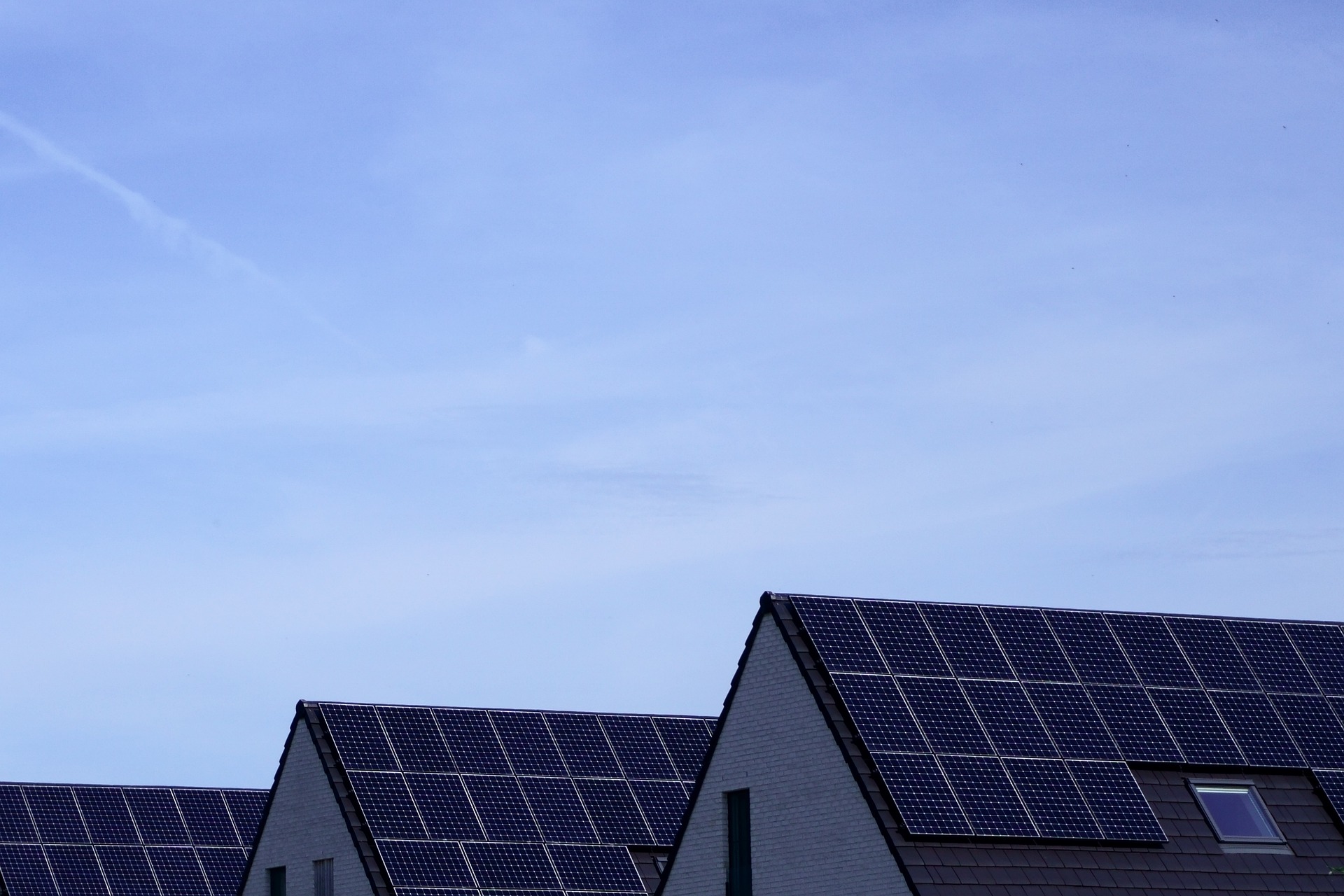Australian Home Energy Transformation for the Future
As Australian households explore pathways to energy independence, solar power stands as a leading solution. A new solar system transforms your home's energy consumption, offering a path to sustainable living. Discover how harnessing Australia's abundant sunlight can redefine your home's energy future, providing lasting value and an effective alternative to traditional energy sources.

How Does Australia’s Sunlight Potential Compare Globally?
Australia enjoys some of the highest solar radiation levels in the world, making it an ideal location for solar energy generation. The country receives an average of 58 million PJ (petajoules) of solar radiation annually, which is approximately 10,000 times more than its total energy consumption. In particular, regions like Queensland, Northern Territory, and Western Australia experience over 300 sunny days per year, creating perfect conditions for harnessing solar energy. Even in southern states with more variable weather patterns, the solar potential remains substantial compared to many European countries that have successfully adopted solar technology on a large scale.
Harnessing Australian sunlight through solar roof systems allows homeowners to tap into this abundant natural resource, converting it into usable electricity that can power everything from household appliances to electric vehicles.
What Is Involved in the Solar System Installation Process?
The solar system installation process typically begins with a professional assessment of your property’s solar potential. This evaluation considers factors such as roof orientation, pitch, shading from nearby structures or trees, and available roof space. Based on these findings, solar experts will recommend an appropriately sized system that aligns with your household’s energy consumption patterns.
Once you’ve selected a system, the installation typically follows these steps:
-
Mounting the racking system that will support your solar panels
-
Installing the solar panels on the racking system
-
Connecting the panels to inverters (which convert DC electricity to usable AC electricity)
-
Setting up system monitoring equipment
-
Connecting the system to your home’s electrical panel
-
Final inspection and grid connection
Most residential installations can be completed within 1-2 days, though larger or more complex systems may require additional time. After installation, your system will need to pass inspection and receive approval from your local electricity distributor before being officially connected to the grid.
How Should You Choose the Right Solar Panels for Your Home?
Selecting the right solar panels involves evaluating several key factors that will impact your system’s efficiency, longevity, and value:
Panel Efficiency: Higher efficiency panels generate more electricity per square meter, making them ideal for homes with limited roof space. Premium panels typically offer efficiency ratings between 19-22%, while standard options range from 15-18%.
Panel Types: Three main technologies dominate the market: monocrystalline (highest efficiency, sleek black appearance), polycrystalline (slightly lower efficiency, blueish appearance, more affordable), and thin-film (flexible, less efficient, but suitable for certain applications).
Durability and Warranties: Quality solar panels typically come with 25-year performance warranties and 10-15 year product warranties. Look for panels tested for Australian conditions, including resistance to salt mist (for coastal areas) and high temperature performance.
Manufacturer Reputation: Established manufacturers with strong track records in Australia provide greater assurance of long-term support and warranty fulfillment. Research brands with local presence and proven reliability in Australian conditions.
What System Size Would Best Power Your Australian Property?
Determining the optimal system size depends on several factors unique to your household and property. The average Australian household consumes approximately 16-20 kWh of electricity daily, but this varies significantly based on household size, appliances, and energy habits.
As a general guideline:
-
Small households (1-2 people): 3-4 kW system
-
Medium households (3-4 people): 5-6.6 kW system
-
Large households (5+ people): 8-10 kW system
Your energy consumption patterns also matter. If you’re typically away during daylight hours, battery storage might be worth considering to store energy for evening use. Alternatively, homes with significant daytime energy usage can maximize direct consumption of solar power.
Future-proofing is also important. Consider upcoming changes that might affect your energy needs, such as electric vehicles, home additions, or changing household composition. Many homeowners opt for slightly larger systems than currently needed to accommodate future growth in energy demand.
What Unique Benefits Do Solar Roofs Offer Australian Homeowners?
Solar roof technology has evolved significantly in recent years, offering Australian homeowners benefits beyond traditional solar panel installations. Modern solar roofs integrate photovoltaic cells directly into roofing materials, providing a seamless aesthetic while generating electricity. Unlike conventional rack-mounted systems, these integrated solutions can enhance property values through improved curb appeal.
Australian homeowners in bushfire-prone regions may benefit from solar roof systems with enhanced fire ratings. Some manufacturers now offer products tested specifically for Australian conditions, including resistance to extreme temperatures and ember attacks. This represents a significant advancement over earlier solar technologies.
Another unique advantage is the potential for “virtual power plant” participation. Several Australian energy retailers now offer programs where connected solar homes can collectively function as distributed power sources, providing grid stability services and earning additional income for participating homeowners.
How Do Solar Roof Costs Compare Across Australian Providers?
Solar roof systems represent a significant investment with varying costs depending on system type, size, and quality. The table below provides a comparison of current offerings from major Australian solar roof providers:
| Provider | System Type | Size Range | Approximate Cost (Before Rebates) | Key Features |
|---|---|---|---|---|
| Tesla | Solar Roof Tiles | 6-15kW | $25,000-$55,000 | Integrated design, 25-year warranty |
| Monier | InlineSOLAR | 3-10kW | $12,000-$35,000 | Integrated with terracotta/concrete tiles |
| Tractile | Solar Roof | 4-12kW | $18,000-$45,000 | Integrated water heating, high wind rating |
| SunPower | Equinox System | 3-10kW | $10,000-$30,000 | Premium panels, low-profile mounting |
| Bristile | Solar Roof Tiles | 4-8kW | $15,000-$40,000 | Aesthetically pleasing design for heritage homes |
Prices, rates, or cost estimates mentioned in this article are based on the latest available information but may change over time. Independent research is advised before making financial decisions.
These costs should be considered alongside available incentives, including Small-scale Technology Certificates (STCs) which can reduce upfront costs by $3,000-$6,000 depending on system size and location. Additionally, feed-in tariffs for exported electricity vary by state and retailer, typically ranging from 5-15 cents per kWh.
Transforming Australia’s Energy Future Home by Home
Solar roof systems represent a significant step forward in Australia’s transition to renewable energy. By leveraging the country’s abundant sunshine, homeowners can generate clean electricity while reducing dependence on fossil fuels and lowering energy bills. The technology continues to improve in efficiency and affordability, making it increasingly accessible to a broader range of households.
As battery storage technology advances and integration with smart home systems becomes more sophisticated, the benefits of solar roofs will only increase. For Australian homeowners looking toward the future, investing in solar roof technology offers both immediate advantages and long-term value in our increasingly energy-conscious world.




